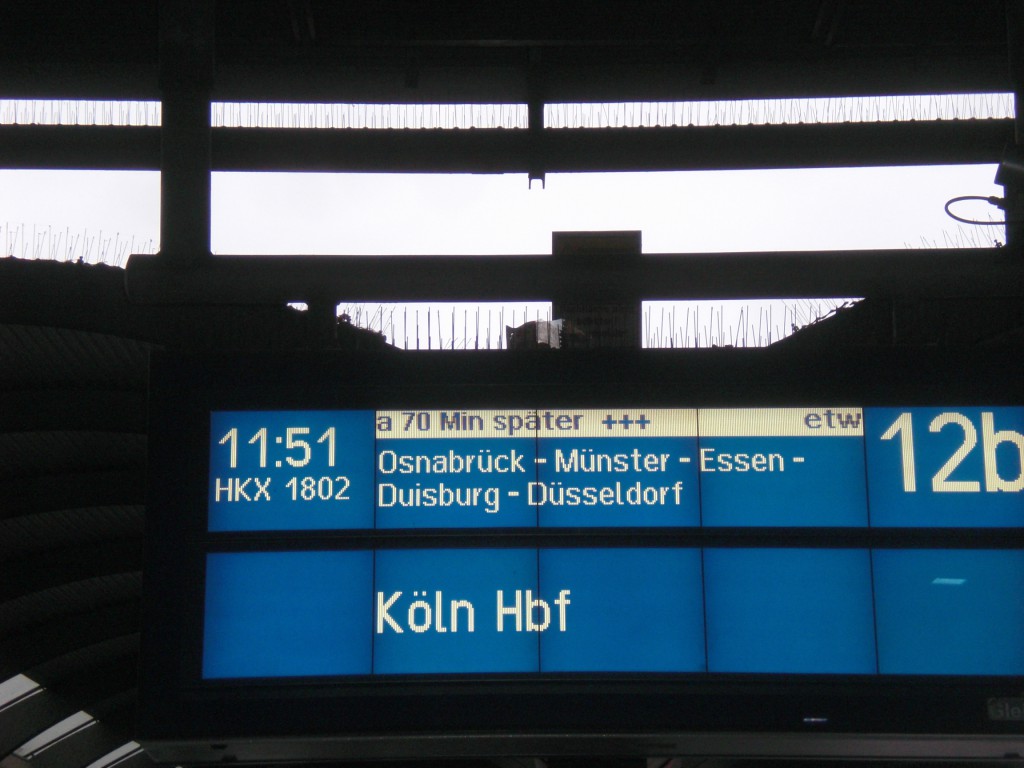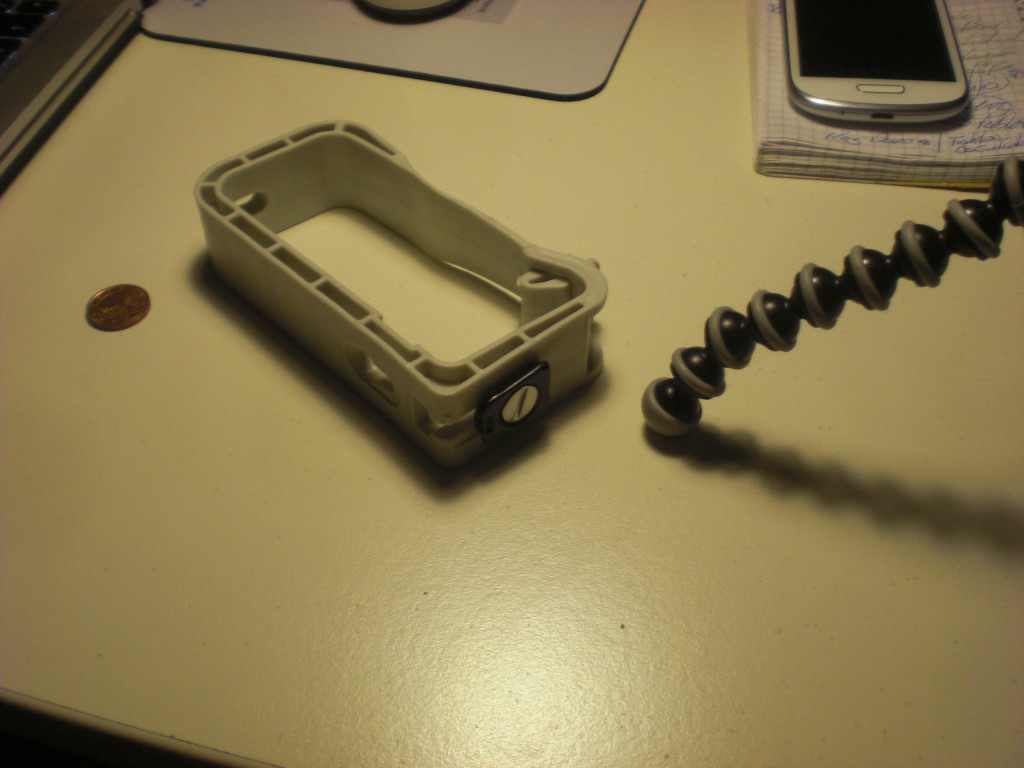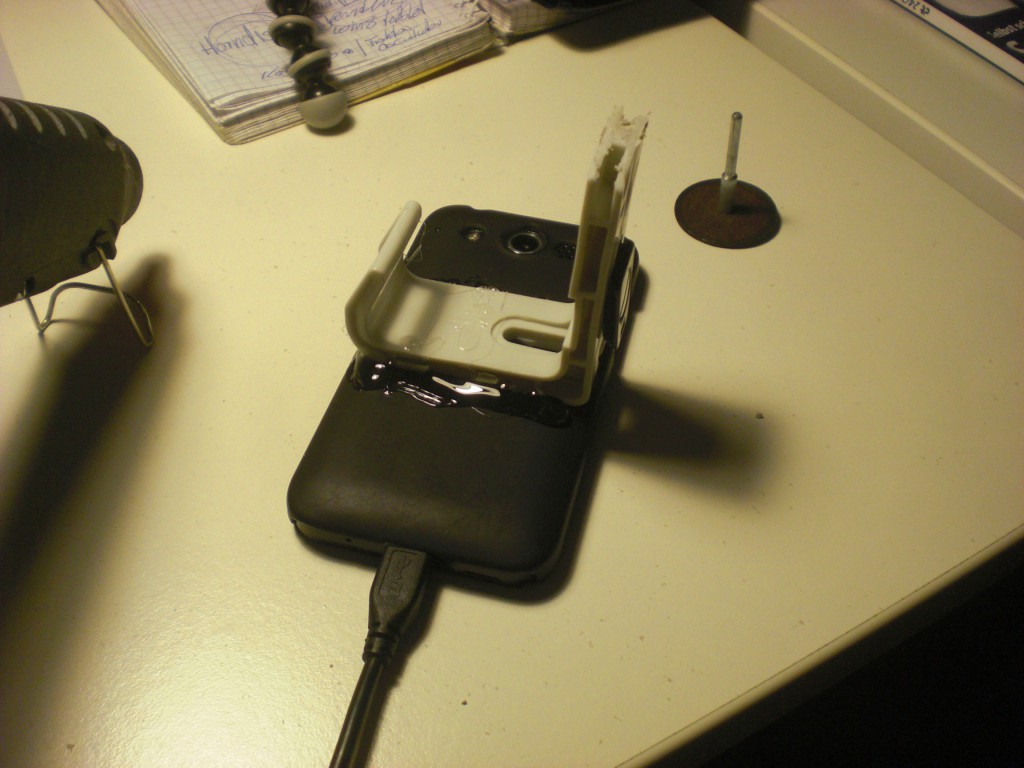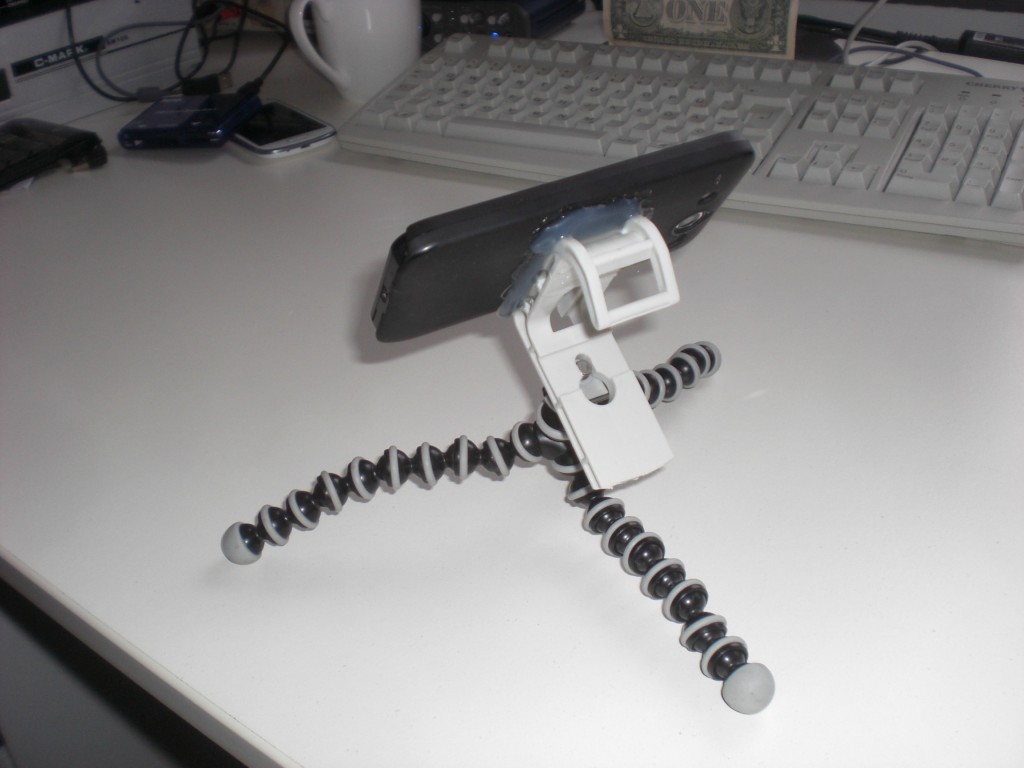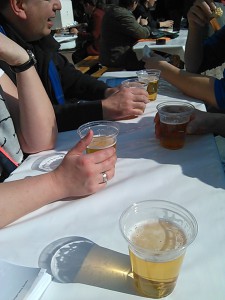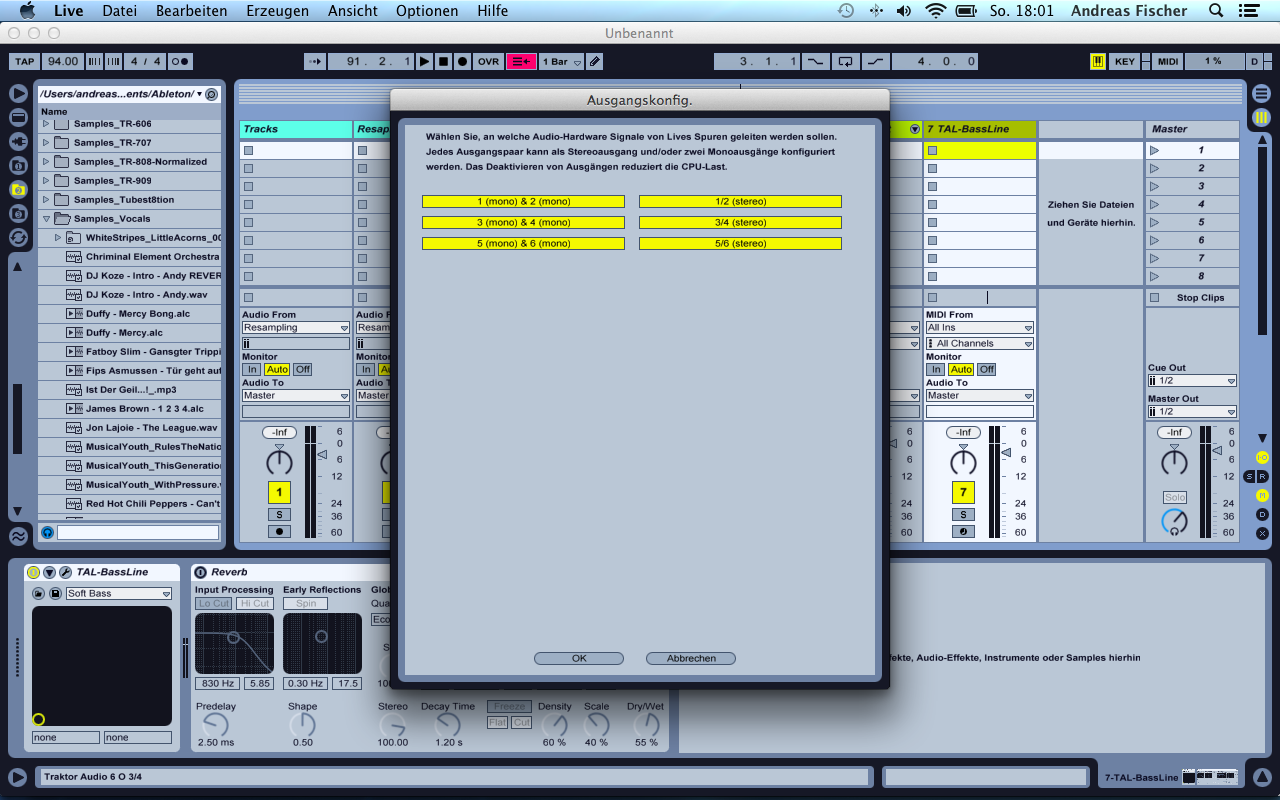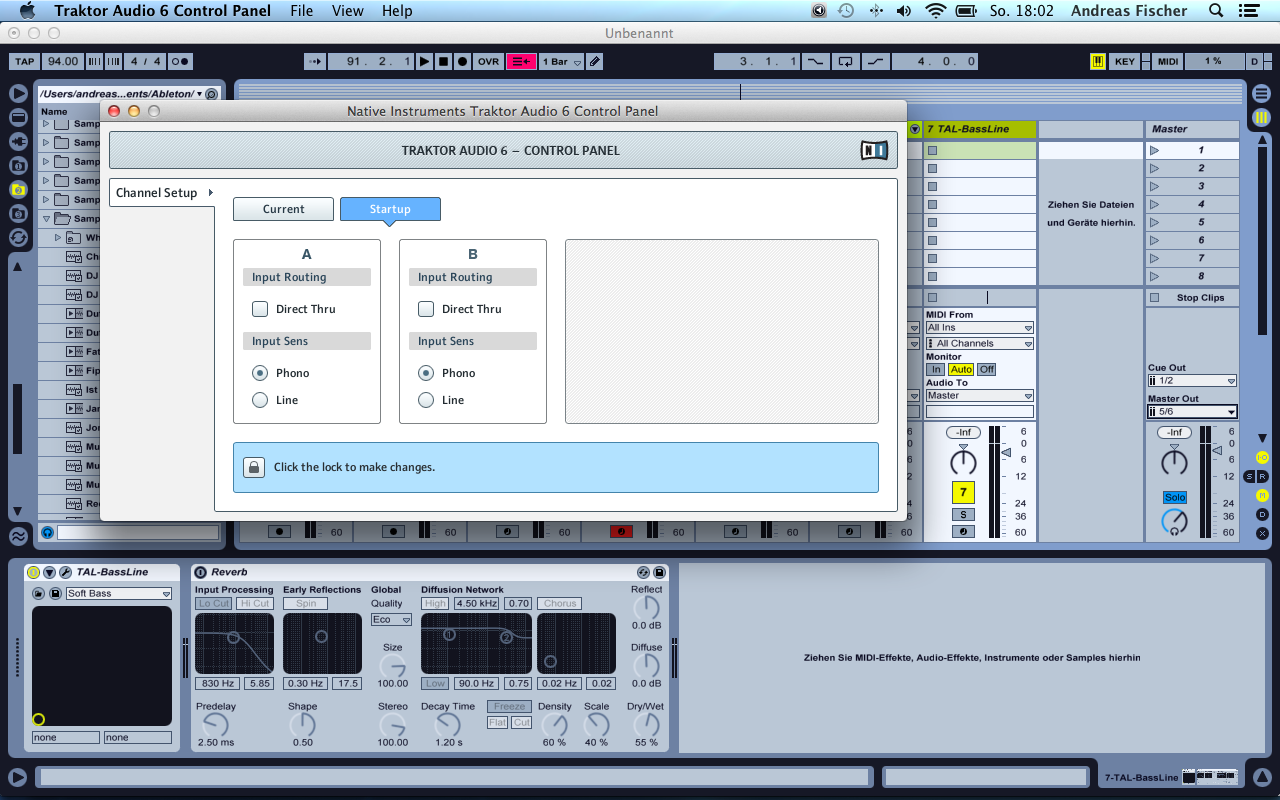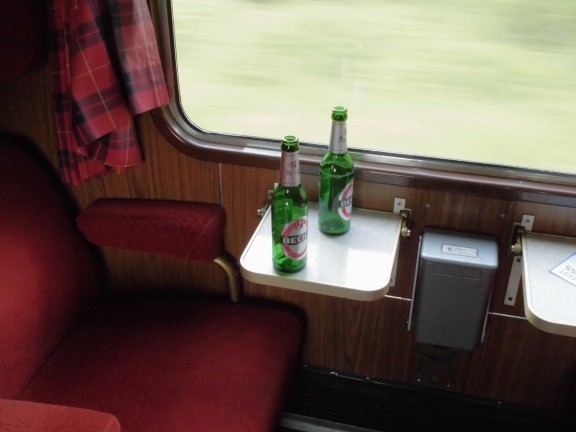Due to various reasons (and only some of them are cool) I haven’t done a lot of jobs as a lightjockey within the last 2 years. But destiny seems to be on my side at the moment and so I had the chance to do the lights and visuals at the ‘Graudate’s Ball 2014’ in Osnabrück. the whole event was very professionally done so it was very much like an industrial event. Dates like these are mainly characterized by a rather fixed timetabel and a somewhat limited necessity for pure creativity and next-generation-visuals. It has to work and it has to work on time. That’s why you are there, that’s what you are paid for (mostly).
The event already started with a delay. I had to get from Hamburg to Osnabrück and was more than an hour late even before anything happened at all. Fortunately I knew about the fact that most things were already set up at the venue. This was one of those jobs I’d like to describe as a ‘Kofferjob’. Get there, get out your Laptop and voila! No need for building up an entire stage structure, cabling etc.
